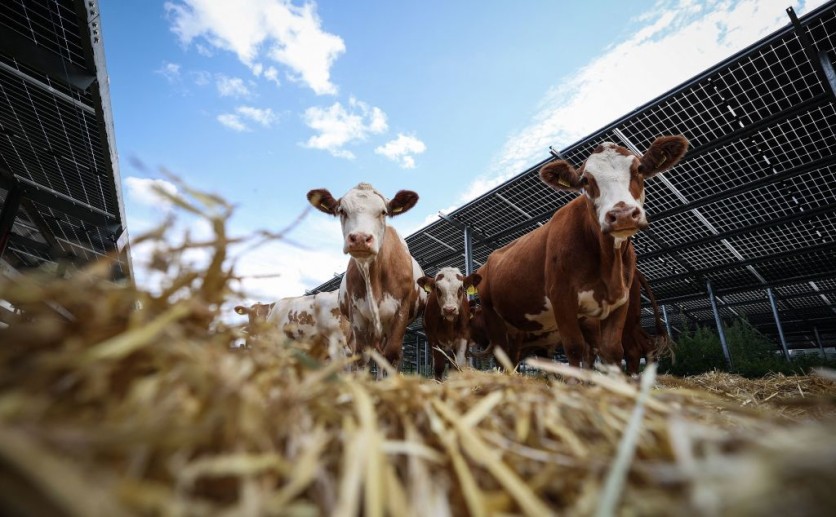In a remarkable stride toward environmental sustainability, farmers are actively engaged in the practice of selective cow breeding, aiming to reduce methane emissions and thereby reaffirming their dedication to environmental sustainability.

Minimizing Methane Emissions
Farmers are now engaging in a groundbreaking endeavor, they are selectively breeding cows to minimize methane emissions, showcasing their commitment to environmental sustainability. Interesting Engineering reported that the piece featured insights from Ben Loewith, a dairy farmer from Canada.
He shared his experience of using innovative techniques like artificial insemination with semen from a cutting-edge bull, resulting in calves that produce significantly reduced methane during digestion. He stated that opting for targeted breeding to achieve reduced emissions while ensuring no compromise on other characteristics, appears to be a straightforward advantage.
The importance of this becomes more pronounced when the dedication to this cause extends over several successive generations. This prolonged commitment serves to enhance and intensify the effects and outcomes associated with the effort.
As the practice of selectively breeding for lower emissions continues across multiple generations, Futurity reported that the positive impact of reducing emissions and promoting environmental sustainability becomes increasingly potent and far-reaching.
Canada & Semex Collaboration
Through the genetic company Semex, semen holds the potential to drive a significant shift. This innovation could lead to a 1.5 percent annual decline in methane emissions within Canada's dairy production, with even more substantial reductions of 20 to 30 percent anticipated by the year 2050.
Canada's agricultural authority highlighted the paramount importance of emission reduction within the livestock sector. This arises from the fact that cattle are responsible for a notable 14.5 percent of global greenhouse gas emissions.
As of now, an existing approach to mitigating methane emissions involves introducing additives into the cattle's diet. However, this strategy is marred by inefficiencies, as the effects wane once the cattle cease consumption of these additives. Moreover, it's worth noting that this method currently lacks approval in the United States.
In a collaborative effort, Semex joined forces with Canada's milk-recording agency, Lactanet, to pioneer the development of this novel semen. The innovative concept behind this endeavor was fueled by seven years of extensive research conducted by scientists from the University of Guelph and the University of Alberta.
Also Read : [COVID-19 Update] New Coronavirus Treatment to Include Cow's Blood; Human Trials to Begin Next Month
Engaged in the efforts of Lactanet, Christine Baes, a distinguished figure in the realm of animal biosciences at the University of Guelph, shared insights with Reuters. She explained that the methane emissions stemming from Canadian dairy cows exhibit a broad spectrum, spanning from 250 to 750 grams per day.
Baes emphasized the groundbreaking nature of the advancement, noting the integration of diverse factors to establish a comprehensive nationwide estimation for methane emissions through the tangible exhalation of actual animals.
She elaborated, "We also leverage genomic insights, forging connections to create a sort of comprehensive database, which informs us about an animal's genetic makeup and its corresponding methane production capacity."
Related Article : Got Milk? China is Now Cloning 'Super Cows,' Producing 50% More Dairy Than Regular Ones

![Apple Watch Series 10 [GPS 42mm]](https://d.techtimes.com/en/full/453899/apple-watch-series-10-gps-42mm.jpg?w=184&h=103&f=9fb3c2ea2db928c663d1d2eadbcb3e52)



